Who We are
Mission Statement
The Museum of the Aleutians collects, preserves, and shares the rich cultural legacy of the Aleutian Islands Region.
Adopted by the Board of Directors: June 2023
Original 1999, 2004, 2008, 2012
Vision
The Museum of the Aleutians will expand awareness of the relevance and extraordinary resilience of the Aleutians.
Adopted by the Board of Directors: June 2023
Values
Ugigdada (E) Udigida (W)
Share
Tutada Tutada (E, W)
Listen
Agitaasiin samtasaax̂txin (E) Agitaadaan sahngax̂tada (W)
Respect your peers
Iĝayuux̂txin, anĝim atxaĝingin agachan madada (E)
Txin sakaax̂atal anax̂is mada (W)
Do the things you know are right
Tanaĝnangin iĝayuusalix anĝaĝiimchin aĝnax̂ichin (E)
Tanax̂, Alaĝux̂ ama slum imuunuu huzuu anaĝim anaĝinĝis sahngax̂tada (W)
Live with and respect the land, sea, and all nature
Unangam Tunuu Unangqasining asix tunux̂talaaĝnaqing, Unangan anaan ukux̂tachx̂ikux̂ (E)
Unangam tunuu Unangas alganaa ukuchxizax̂ ama huzux̂ ngiin tunux̂tachx̂izax̂ (W)
Our language defines who we are and lets us
communicate with one another
About
Formed in 1997, the Museum of the Aleutians Association, a non-profit 501 (C) 3 corporation, was founded through a partnership between the City of Unalaska, the Ounalashka Corporation, the Qawalangin Tribe, and the Aleut Corporation for the purpose of preserving and sharing the human history of Unalaska Island and the Aleutians Islands region. Curating an actively growing Unangax, Russian-American, WWII, and local art collection, the Museum of the Aleutians (MOTA) serves multicultural, multigenerational, and international audiences with high-quality, historically accurate, educationally effective, interpretive exhibits and collections
Archaeology was an important focus during the early years of the Museum’s existence and MOTA spearheaded several excavations including two of the oldest known Aleutian sites—Uknodok and Russian Spruce—located on Hog Island and dating to 9,000 years ago. This curatorial facility became the main repository of Aleutian archaeological collections, including portions of the Anangula and Chaluka sites excavated by William Laughlin and Arles Hrdlicka.
MOTA has assembled an impressive collection of ethnographic, archaeological, archival, and historical materials, with more than 500,000 archaeological artifacts and ecofacts and 3,000 ethnographic and historical artifacts. Since its inception, the Museum has provided a safe repository for the cultural heritage of the Unangax̂ and other cultures that occupied the Aleutian Islands.
MOTA has continually made available these collections through exhibits, public outreach, educational programs, and research opportunities. The Museum of the Aleutians is also a curatorial facility for archaeological materials excavated in compliance with state and federal laws.
The Museum is located in the City of Unalaska, which has the largest population center in the Aleutian Island Chain. These islands have been home to the Unangax̂ for over 9,000 years and were never ceded to the Russian’s or American’s who claimed the islands within the last 300 years. We acknowledge that the Museum of the Aleutians is located on the ancestral and unceded traditional territories of the Unangax̂. The Indigenous peoples of this land never surrendered lands or resources to Russia or the United States. We acknowledge this not only in thanks to the Indigenous communities who have held a relationship with this land for generations but also in recognition of the historical and ongoing legacy of colonialism. Additionally, we acknowledge this as a point of reflection for us all as we work towards dismantling colonial practices.
Our Board
Shayla Shaishnikoff - Chair
Qawalangin Tribe
Mary Heimes
Public at Large
AB Rankin
Ounalashka Corporation
Sandra Moller
Public at Large
Marjie Veeder
City of Unalaska
Anthony Lekanof
The Aleut Corporation
Carlos Tayag
Public at Large





